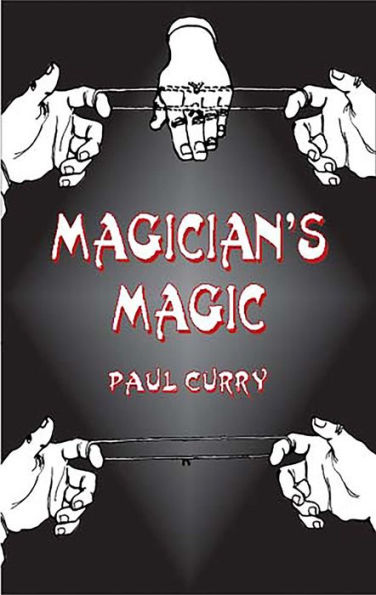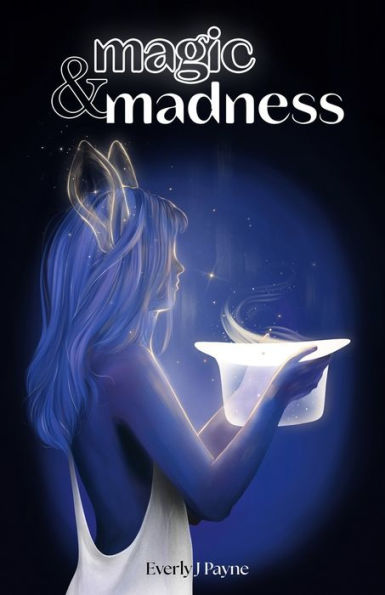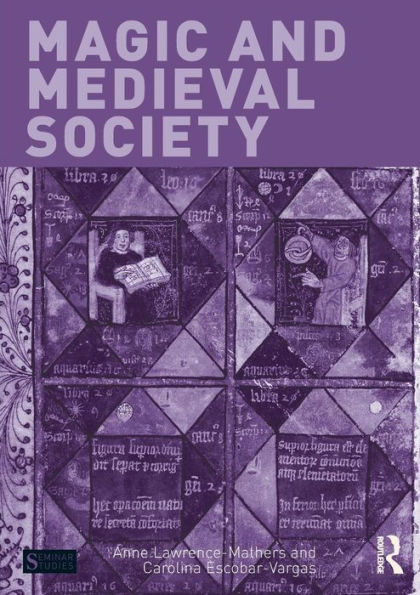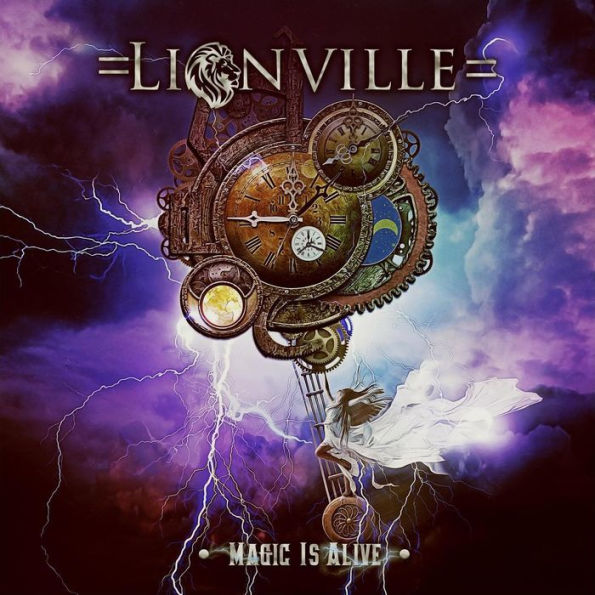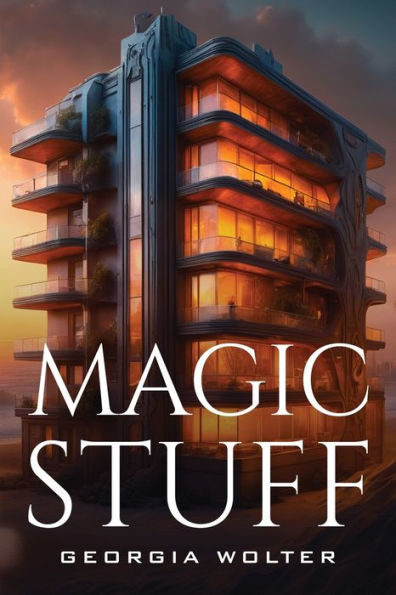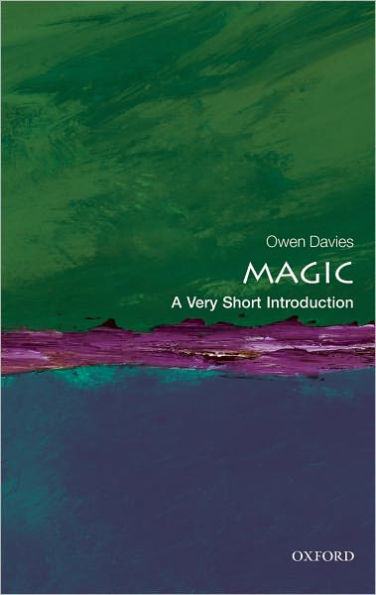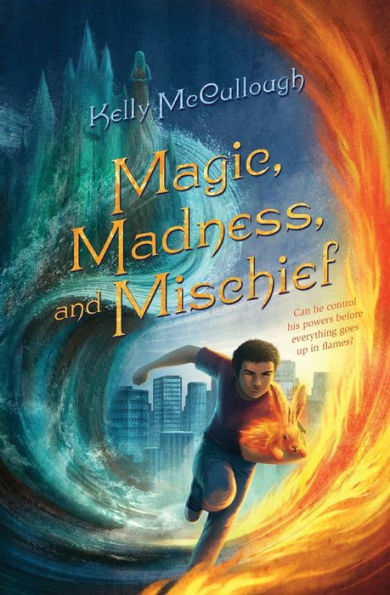Home
Magic and Its Professors
Barnes and Noble
Magic and Its Professors
Current price: $9.99


Barnes and Noble
Magic and Its Professors
Current price: $9.99
Size: OS
Loading Inventory...
*Product information may vary - to confirm product availability, pricing, shipping and return information please contact Barnes and Noble
From the INTRODUCTION.
Many conjurers are adverse to exposes and fight shy of works on legerdemain. Books on magic, however, do not injure the profession of the prestidigitator, because only interested amateurs buy them and study them. The average reader would not take the time to wade through explanations of sleight-of-hand tricks. The danger to magic really lies in the exposes made by performers on the stage, when an unsuspecting general public is initiated into the secrets of the art. I could name a score of magicians who are guilty of this reprehensible practice, killing, as it were, the goose that lays the golden eggs— and all for what, to gain a cheap laugh from people who would rather be mystified than have tricks explained to them. A magician should not have a contempt for his calling, but always remember that he is an actor playing the part of a sorcerer. The slightest expose spoils the illusion which his dexterity has conjured up. Two young men are now touring the country performing tricks and exposing the majority of them. On one occasion when they were exhibiting in New York City, my friend, Mr. Francois De Villiers, a clever illusionist, was in the theatre. He said to me afterwards: "After having exposed some excellent tricks, one of the young men did the fishing-rod feat, but received no applause. 'What,' he exclaimed peevishly to the audience, 'did you not like that trick?' The trick was all right, but he had explained the modus operandi of so many illusions and exhibited their simplicity, that the spectators had grown apathetic. Their interest and enthusiasm had waned."
This is an excellent statement of the bad effect of exposing magic tricks on the stage.
But text-books on conjuring have come to stay. The literature is on the increase.
To those amateurs and to my numerous professional friends who delight in new books, I send forth "Magic and its Professors," trusting that it will prove of interest to them. Part III is a symposium on magic by some of the best performers and inventors of the day. I sincerely thank them for the labor of love which they have rendered. I am indebted to Mr. T. Francis Fritz, the editor of "Mahatma," and Mr. William J. Hilliar,. editor of "The Sphinx," for the right to reprint in book form some of the valuable exposes contained in their respective journals. I am also under obligations to those clever inventors and conjurers, Messrs. Adrian Plate, Henry Hardin, Doctor Elliott, W. B. Caulk, William J. Hilliar, Frank Ducrot, Clinton Burgess, Hal Merton, W. J. Sargent, "Selbit," Howard Thurston, T. Nelson Downs, Fred J. Peters, Prof. Hornmann, Martinka Bros., Prof. Ambrose, Ellis Stanyon, etc., etc.
The chapters on Robert-Houdin and Trewey were originally contributed by me to the "Cosmopolitan Magazine," New York; the exposes of "After the Ball" and "She" to the "Ladies' Home Journal," Philadelphia. The article on Robert-Houdin, I have re-written and supplemented with much new material regarding the great conjurer's latter days—for many years a sealed book to the public. But thanks to the investigations set on foot by Mr. H. J. Burlingame, of Chicago, and M. Trewey, of Asnieres, France, I am able to throw a flood of light on the subject.

